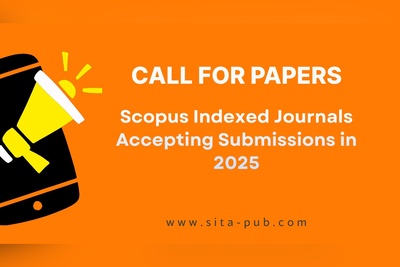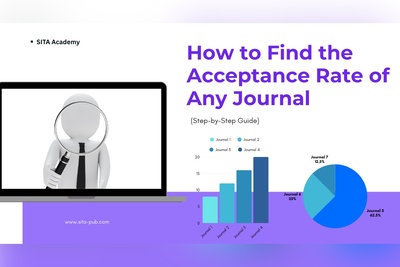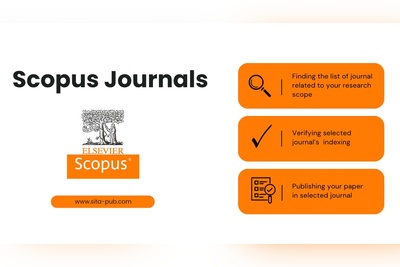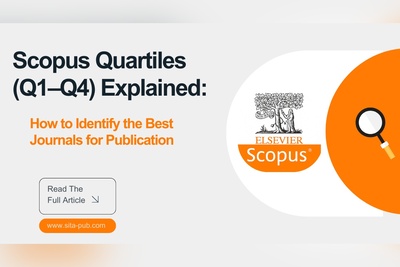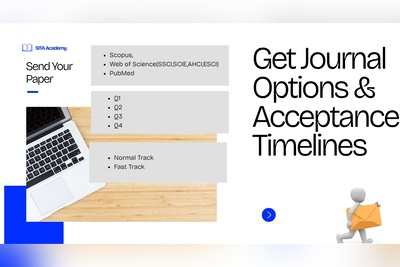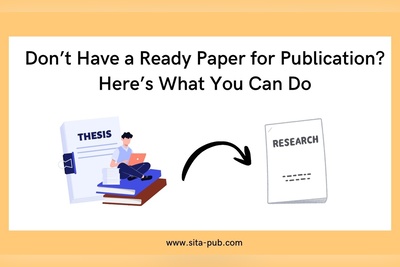How to Get Your Research Published in Q1 Journals from Saudi Arabia
In regions like Al Bahah, Al Jowf, and Northern Borders, interest in Scopus and Q1 journal publishing has surged lately. Saudi researchers across all provinces — from Riyadh to Eastern Province — are increasingly aiming to publish in top-tier journals to align with national research excellence goals.
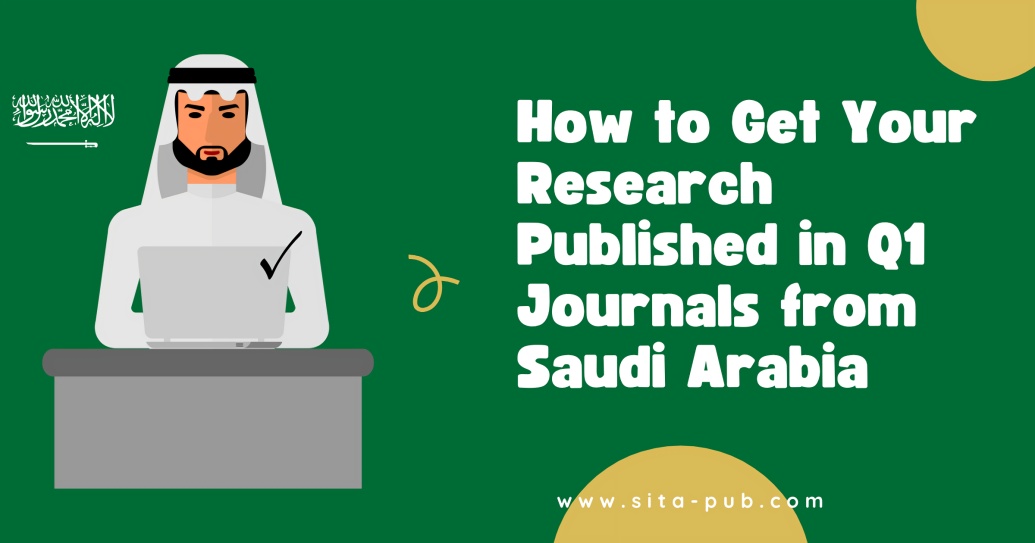
A Complete Guide for Researchers Aiming for Top-Tier Publications
Publishing in a Q1 journal — the highest-ranking quartile of academic journals — is one of the most prestigious achievements for any researcher. For Saudi Arabian scholars, this milestone carries even greater value. Not only does it enhance individual academic profiles, but it also contributes to the country’s growing global research reputation under Saudi Vision 2030, which emphasizes innovation and scientific excellence.
In Saudi Arabia, many universities and funding agencies require or strongly encourage researchers to publish in Q1 or Q2 indexed journals, particularly those listed in Scopus or Web of Science (WoS). For example:
Some universities require at least one Q1 publication for PhD graduation or promotion.
Research funding institutions such as the Saudi Arabian Cultural Mission (SACM) or King Abdulaziz City for Science and Technology (KACST) often prioritize projects published in top-ranked journals.
Faculty members aiming for academic promotion or performance bonuses must demonstrate publications in journals within high quartiles.
Beyond institutional requirements, publishing in a Q1 journal also ensures your research receives global visibility, higher citation rates, and academic credibility.
So, how can you get your research published in a Q1 journal from Saudi Arabia?
Let’s go step by step.
1. Journal Selection — Finding the Right Q1 Journal for Your Paper
The first and most crucial step toward publication in a Q1 journal is selecting the right journal that perfectly matches your research scope, topic, and methodology.
What Is a Q1 Journal?
Journals are divided into quartiles (Q1, Q2, Q3, Q4) based on their impact factor or CiteScore, which represent the influence and citation frequency of the journal.
Q1 journals fall within the top 25% of journals in their subject category.
These journals typically have rigorous peer-review processes, high rejection rates, and strict publication standards.
How to Find the Best Q1 Journal Match
Use Journal Ranking Tools
Platforms like Scimago Journal Rank (SJR) or Clarivate Journal Citation Reports (JCR) allow you to filter journals by field and quartile.
For example, you can select “Q1” in your research category (e.g., chemistry, medicine, education) to view only top-tier journals.
Check the Journal’s Scope and Aim
Read the “Aims and Scope” section on the journal’s website.
Ensure your paper fits their research focus, methodology, and target audience.
Submitting to a journal outside your topic area often leads to immediate rejection.
Verify Indexing
Confirm that the journal is indexed in Scopus or Web of Science (WoS).
Avoid predatory journals that falsely claim to be Q1 or indexed.
Evaluate Acceptance Rate and Timeline
Some Q1 journals take 6–12 months for review, while others may publish faster.
If you have specific deadlines (e.g., for promotion or graduation), choose journals with transparent timelines.
Seek Expert Help
If you’re unsure which Q1 journal best fits your research, services like SITA Academy’s Journal Matching can analyze your paper and provide a personalized list of suitable journals — saving you weeks of research.
2. Adherence to the Journal’s Author Guidelines
After identifying the right Q1 journal, the next essential step is strict adherence to the journal’s author guidelines. Many manuscripts are rejected not because of poor content, but because they fail to meet technical and formatting requirements.
What Are the Common Requirements?
Formatting and Structure
Each journal specifies formatting rules — font type, citation style (APA, MLA, IEEE, Vancouver), figure resolution, and word limits.
Following these instructions precisely demonstrates professionalism and respect for the journal’s standards.
Manuscript Sections
Most Q1 journals follow the IMRAD structure: Introduction, Methods, Results, and Discussion.
Ensure each section is clear, concise, and logically presented.
Abstract and Keywords
Write a strong abstract summarizing the research objectives, methods, results, and implications.
Use relevant keywords for better visibility and indexing.
References and Citations
Always format references according to the journal’s style.
Use reference management tools such as EndNote, Mendeley, or Zotero to ensure accuracy.
Ethical Statements and Declarations
Q1 journals require ethical approval for studies involving human or animal data.
Include declarations on funding, conflicts of interest, and data availability.
Language and Quality
Ensure your manuscript is written in academic-level English (or Arabic, if the journal accepts it).
Consider professional native English editing or proofreading to enhance clarity and reduce language-related rejections.
Pro Tip: Even small formatting errors (like incorrect font, figure labels, or missing declarations) can delay the review process by weeks or lead to outright rejection.
3. Submission Process — Getting It Right from the Start
Once your paper is well-prepared and formatted according to the journal’s guidelines, the next step is the submission process. This is your first official interaction with the journal’s editorial system — so precision and professionalism matter.
What You Need to Prepare Before Submission
A brief, formal letter to the editor explaining the significance of your research, why it fits the journal’s scope, and confirming it’s not under review elsewhere.
Main Manuscript File
Without author names (for double-blind review, if required).
Figures and Tables
Uploaded as separate, high-quality files if requested.
Ethical and Supplementary Documents
Declarations, funding acknowledgments, and supplementary data files.
Response to Reviewers (if resubmitting)
If your paper was previously revised, include detailed responses to reviewer comments.
Submission Timeline
Initial Editorial Screening: 1–2 weeks
Peer Review Process: 8–12 weeks
Revisions and Resubmission: 2–6 weeks
Final Acceptance and Publication: 4–8 weeks
By carefully following each step and maintaining communication with the journal, you can maximize your chances of acceptance and minimize delays.
How to Maximize Your Chance of Getting Accepted
To summarize, publishing in a Q1 journal requires three pillars of success:
Step | Focus Area | Goal |
Journal Selection | Choose the best Q1 journal that fits your research topic | Improve acceptance potential |
Adherence to Guidelines | Follow every author instruction carefully | Avoid desk rejection |
Proper Submission | Submit complete, well-formatted files | Ensure smooth review process |
When these elements align, your chances of getting accepted and published in a Q1 journal increase significantly.
Publication Support Services for Saudi Arabian Researchers
SITA Academy – Your Partner in Academic Publishing
At SITA Academy, we specialize in helping Saudi Arabian researchers achieve successful publication in Q1 and Q2 international journals. Whether you are a postgraduate student, academic faculty, or an independent researcher, we simplify the entire publication journey for you.
Our Services Include:
Q1 Journal Matching:
We analyze your paper and suggest the most relevant Q1 journals based on your field, research focus, and publication goals.
Formatting and Compliance Support:
Our experts ensure your manuscript strictly follows the target journal’s author guidelines — from references to figures and tables.
Complete Submission Assistance:
We prepare and submit your paper through the journal’s online system, handling all technical requirements and documentation.
Continuous Follow-Up:
We track your paper’s progress, communicate with editors when necessary, and keep you updated every step of the way until publication.
Transparent Timeline and Cost Guidance:
We help you understand the estimated review time, publication fees (if applicable), and acceptance expectations.
How to Get Started
If you’re a researcher in Saudi Arabia aiming to publish in a Q1 journal, SITA Academy is ready to support you.
Simply send your research paper or abstract through any of our contact channels for a free review and journal-matching service.
Verified Contact Channels
If you have any questions, inquiries, or would like to learn more about our services, please don't hesitate to reach out to us. Our dedicated team is ready to assist you.
Final Thoughts
Publishing in a Q1 journal is more than just an academic achievement — it’s a career-defining step that reflects the quality and impact of your research. For Saudi Arabian researchers, it aligns with the nation’s vision to build a global presence in scientific innovation and excellence.
With the right strategy, preparation, and support, your research can reach the highest level of international recognition.





